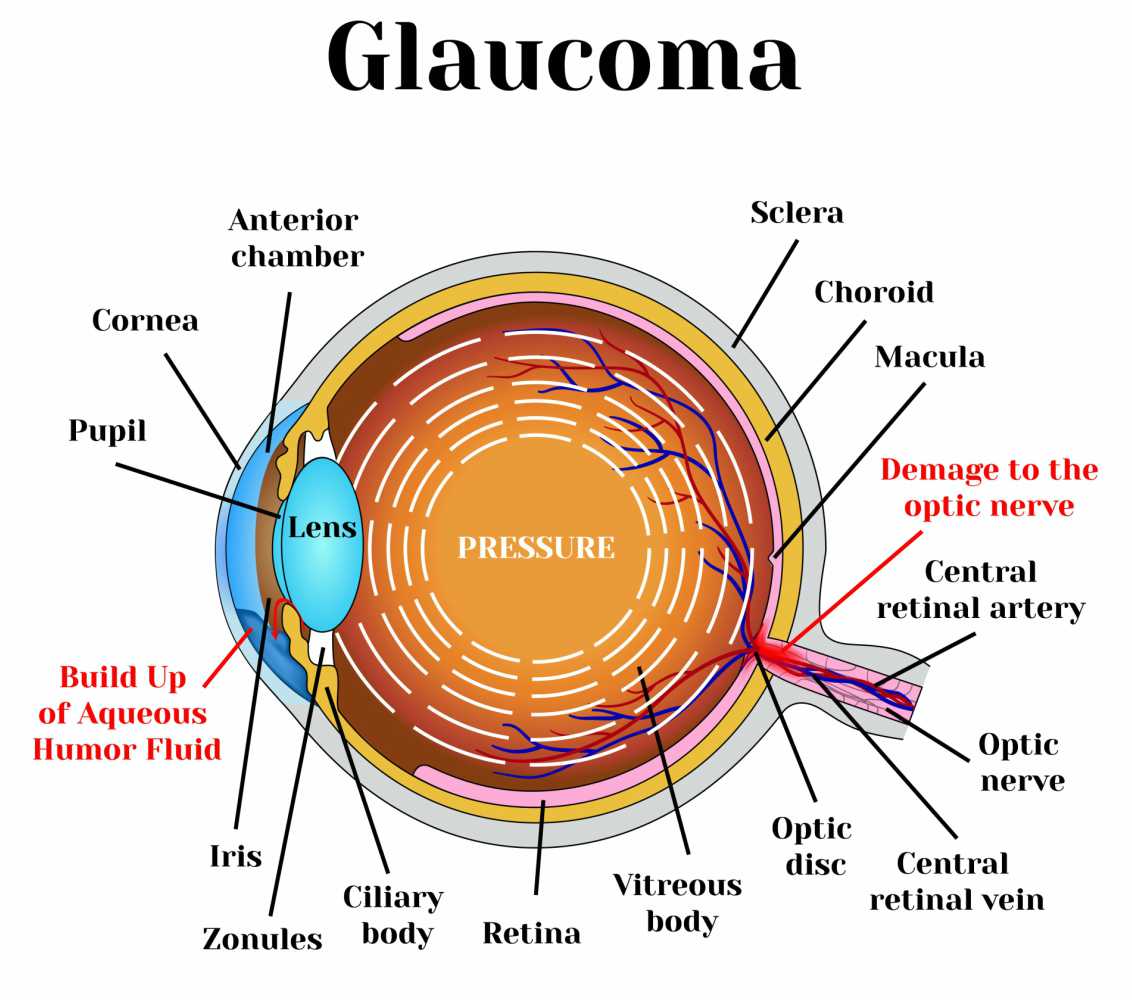Guest Blog: Glaucoma-Myths and Facts


What is Glaucoma?
Glaucoma is a group of eye diseases in which the pressure inside the eye (intraocular pressure/IOP) rises and gradually the nerve responsible for vision (optic nerve) is weakened. Weakness of the optic nerve leads to gradual loss of vision and sometimes complete blindness.
What is the cause of glaucoma?
The pressure in the eye is maintained by a fluid called aqueous humour. This fluid is produced inside the eye (not tears) and drains through fine channels. Pressure of the eye (IOP) rises if too much fluid is produced or, if the drainage channels are blocked. This high pressure gradually damages the nerve. Initially there is no symptom. So, patient usually present when the disease advances. This can be controlled but not cured.
Who are at risk to be affected by Glaucoma
- Individual above the age of 40 years but all age groups including new born babies may be affected
- Individual with family history of glaucoma (in blood relations)
- Individual with myopia, diabetes, hypertension, on steriods, migraine, carotid insufficiency (less blood supply to the brain), thyroid dysfunction etc.
- When to consult an Eye Specialist
- Frequent change of presbyopic glasses/ reading glasses
- Frequent headache, eyeache, heaviness of eyes
- Seeing coloured haloes around bulbs
- Dimness of vision (sp. in dim illumination) or Decrease of side vision
What are the types of glaucoma and their treatment?
1) Primary Open Angle Glaucoma (POAG): Progresses slowly with gradual loss of vision. Patient is often unaware as straight ahead vision and reading vision may remain unaffected initially. Some patients having features of POAG but normal eye pressure are labelled as Normal Tension Glaucoma (NTG).
Rx: This type of glaucoma responds well to treatment with anti-glaucoma eyedrops. If they fail, surgery to reduce eye pressure may be necessary.
2) Angle Closure Glaucoma (AGC): An acute angle closure attack of the eye may present with decreased vision, haloes around lights, eyeache, headache, nausea and/or vomiting.
Rx: After initial reduction of intraocular pressure by medical treatment, laser treatment (peripheral iridotomy/PI) is done. If these fail, surgery is necessary. A laser treatment in the fellow eye is done to prevent the chance of a similar attack.
3) Congenital Glaucoma: This type of glaucoma is rare and occurs at birth or soon after. Enlargement of the eyes, watering, unusual sensivitity to light or haziness of the eyes are the presenting symptoms.
Rx: Treatment is surgical– the earlier, the better.
4) Secondary Glaucoma: The pressure of the eye rises because of conditions in the eye like eye surgery, injuries, inflammation, advanced cataracts, tumours etc.
Rx: Treatment of the cause usually helps in lowering the intraocular pressure.
How do we diagnose Glaucoma?
Tonometry: Is the method of measuring the pressure of the eye. A simple, quick and painless procedure. It is done with the help of an instrument called tonometer.
Gonioscopy: With a gonioscope we examine the channels through which the aqueous homour leaves the eye. This helps to diagnose the type of the glaucoma and decide about the treatment.
Examination of the optic nerve: Is done to detect glaucoma and to monitor the progress of damage to the nerve.
Digital Fundus Photography (DFP): Taking photograph of the optic nerve head helps to document the condition of the nerve. It also help to detect changes in the nerve during follow up.
Automated Perimetry (AP): The extent of damage of vision by glaucoma can be assessed by automated perimetry. Characteristic defects appear in the visual field of the patient, which are recorded. Perimetry helps to diagonose glaucoma and monitor progress of the disease.
OCT RNFL and OCT ONH (Optical Coherence Tomography): Early damage from glaucoma can be detected by OCT. It helps to detect and monitor glaucomatous changes before they appear on perimetry.
Points to Remember
- Glaucoma does not necessarily mean blindness.
- Early detection and treatment of glaucoma is most rewarding.
- Though the damage done by glaucoma cannot be reversed, its progress can be halted in many cases. A normal eye pressure after treatment does not mean that the disease is cured. Glaucoma is not curable but controllable.
- Therefore, prescribed medicines should not be stopped without consulting eye doctor (ophthalmologist).
- Lifelong follow up is essential for the well-being of the patient even if the patient has undergone glaucoma surgery. Family members (blood related) should also have their eyes checked.
- Laser treatment (YAG PI) is a painless, outdoor procedure. It helps in both preventing and controlling glaucoma.
- Associated diseases like diabetes, hypertension, and carotid artery obstructive disease etc. which also weaken the optic nerve must be kept under control.
- Patients with normal intraocular pressure may have glaucoma called normal tension glaucoma.
- Some patients may have high intraocular pressure but no optic nerve patient’s damage. This condition is called hypertension. They may or may not need treatment.
About the author- Dr. Suchanda Sar, Senior Consultant, Glaucoma Services, Disha Eye Hospitals
